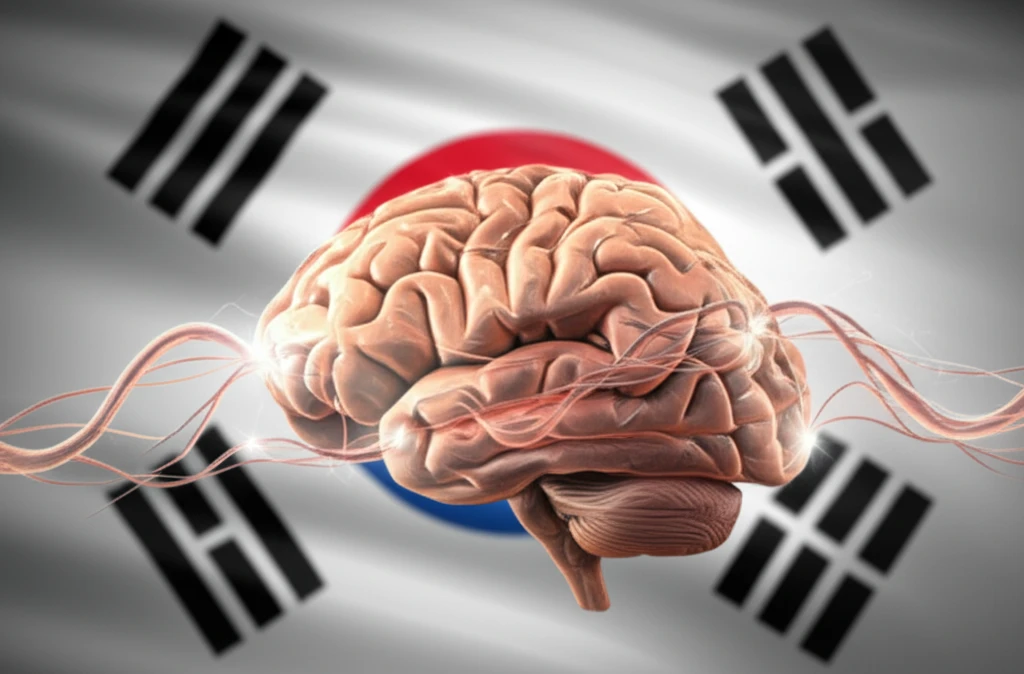
Navigating Brain Tumors: Survival Insights for Grade II Gliomas
"A Korean study sheds light on effective treatment strategies for WHO Grade II gliomas, offering hope and clarity for patients and their families."
Low-grade gliomas (LGGs), classified as Grade II tumors by the World Health Organization (WHO), present unique challenges in treatment. These tumors, including astrocytomas, oligoastrocytomas, and oligodendrogliomas, are rare, accounting for less than 20% of all confirmed gliomas. Unlike higher-grade gliomas, LGGs typically offer a more favorable prognosis, with survival often reaching seven years or more.
Optimal treatment strategies for LGGs have long been a subject of debate in oncology. While surgery, particularly gross total resection (GTR), is considered a primary intervention, the role of adjuvant therapies like radiotherapy (RT) and chemotherapy remains less clear. Clinical trials have explored various approaches, from dose escalation in RT to combining chemotherapy, yet establishing definitive guidelines has proven difficult.
A recent study, a collaborative effort between the Korean Neuro-Oncology Group (KNOG) and the Korean Radiation Oncology Group (KROG), has provided valuable insights into the treatment outcomes for adult LGG patients in Korea. By analyzing a comprehensive dataset, the researchers aimed to identify prognostic factors and evaluate the impact of different treatment modalities on progression-free survival (PFS) and overall survival (OS).
Key Findings on Survival and Treatment Efficacy

The study, which reviewed the medical records of 555 patients diagnosed with WHO grade II LGG between 2000 and 2010, revealed several significant associations. The median follow-up time was 83.4 months, providing a robust dataset for analysis. The five-year PFS and OS rates were 52.2% and 83.0%, respectively, offering a benchmark for understanding long-term outcomes.
- Male sex
- Older age
- Poorer performance status
- Multiple lobe involvement
- Astrocytoma histology
Real-World Impact and Future Directions
This study underscores the importance of GTR in improving survival for LGG patients and suggests that adjuvant chemotherapy may enhance PFS. While adjuvant RT did not improve overall survival outcomes, the PSM analysis revealed potential impacts on PFS, suggesting that RT may still have a role in certain clinical scenarios. These results reflect real-world practices and can help optimize treatment strategies for LGG, potentially leading to improved outcomes and survival rates. Further research, particularly studies incorporating molecular biomarkers, will be crucial for tailoring treatments and refining prognostic assessments in LGG management.
